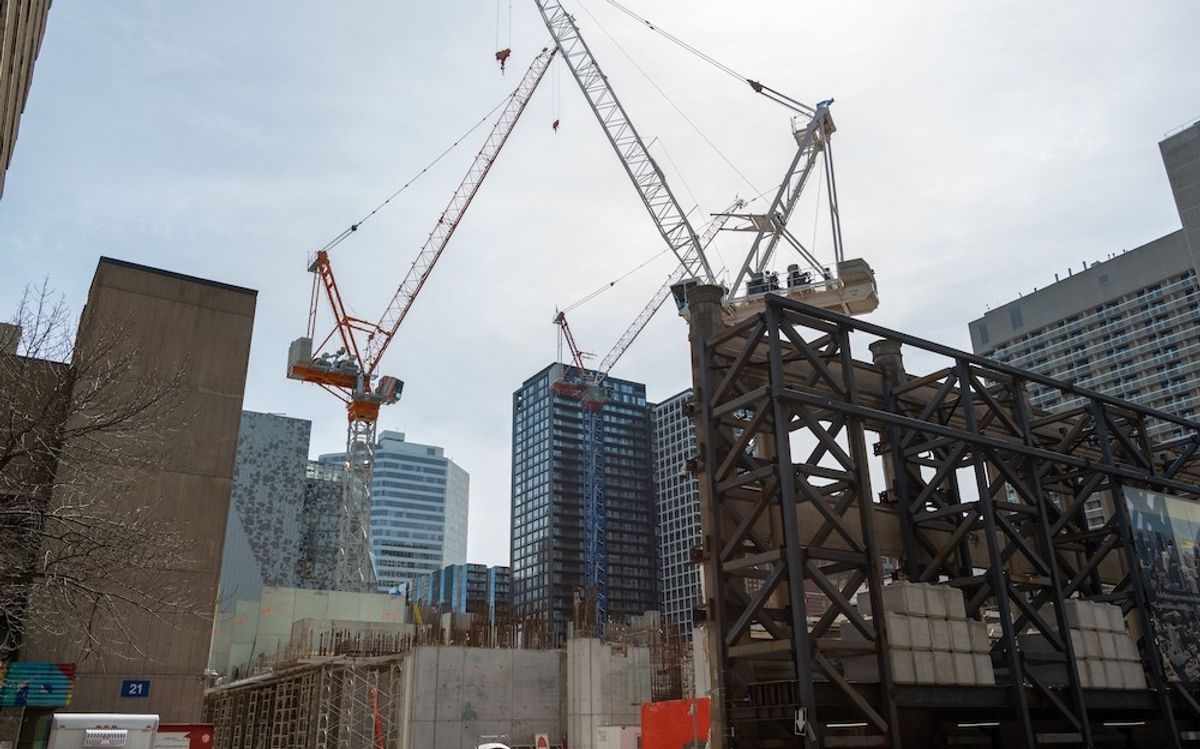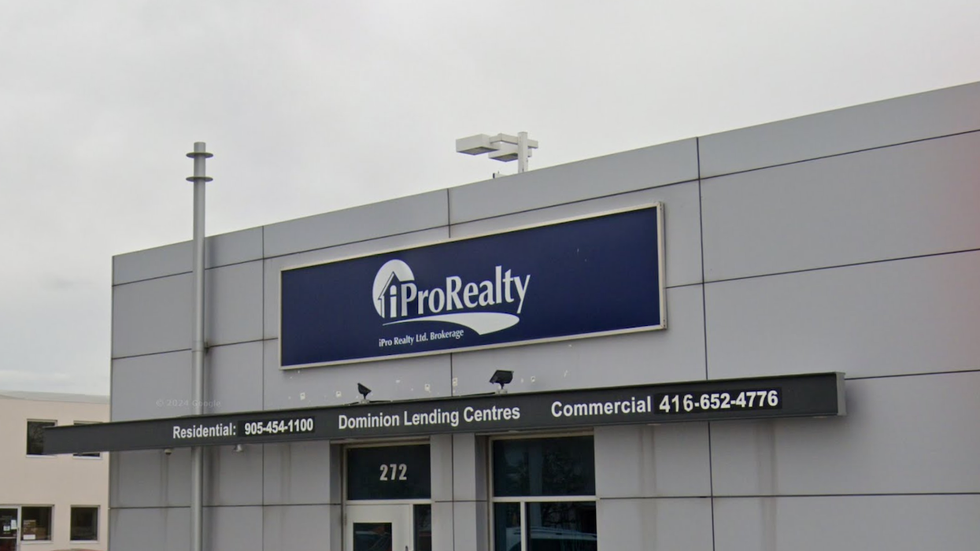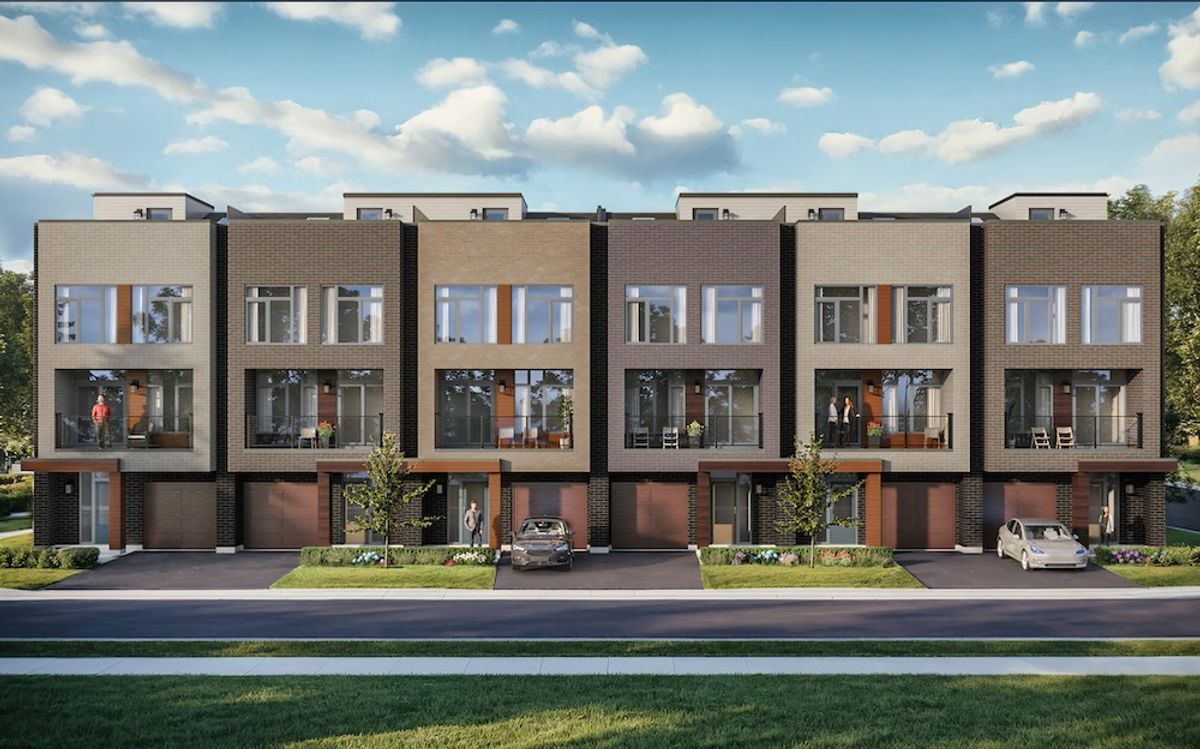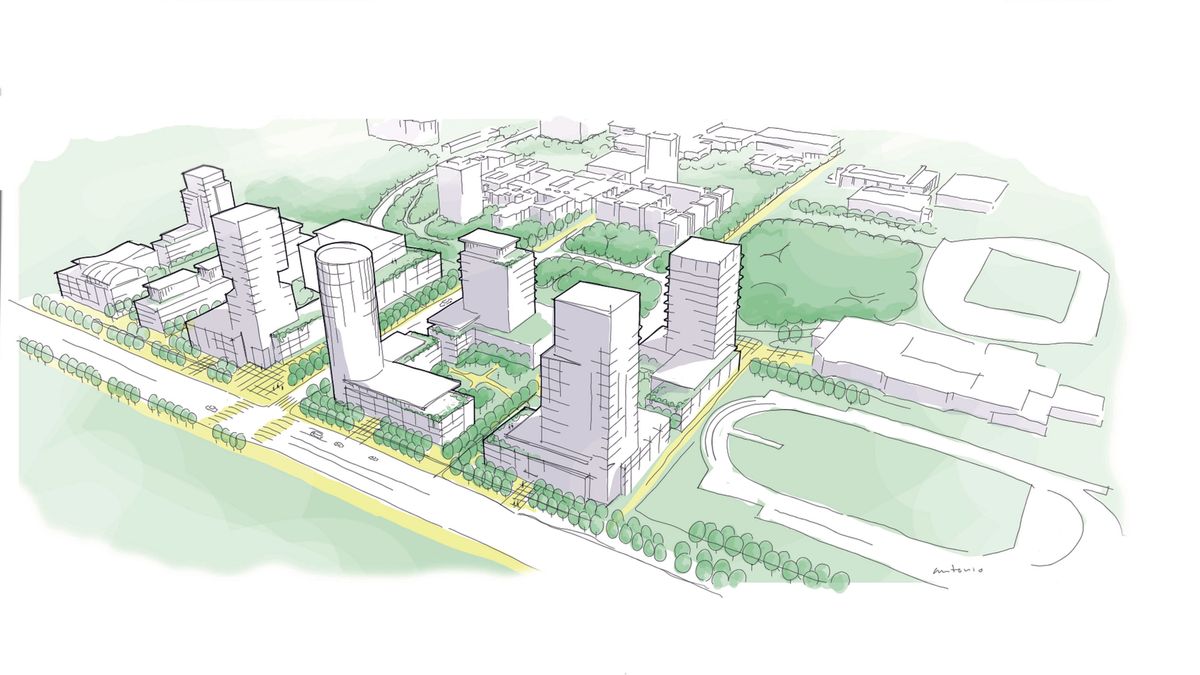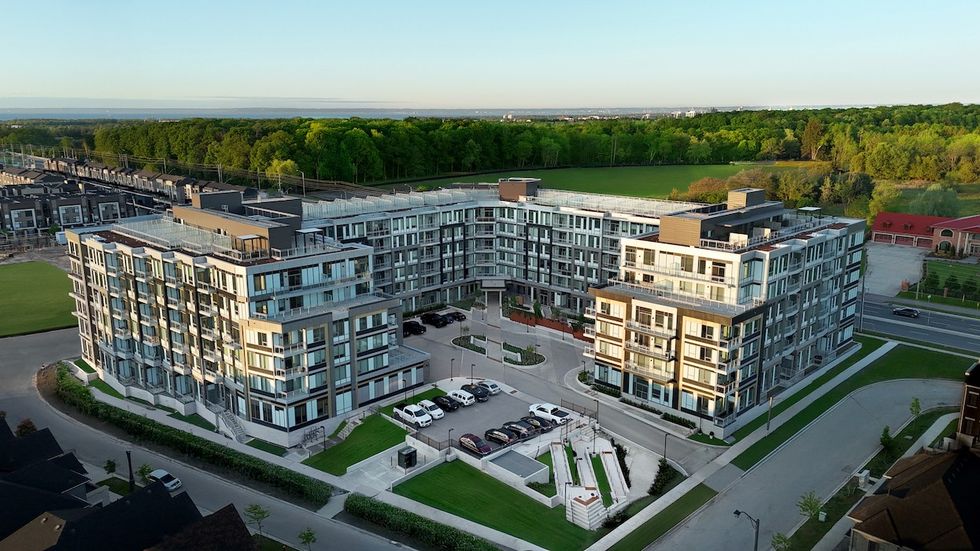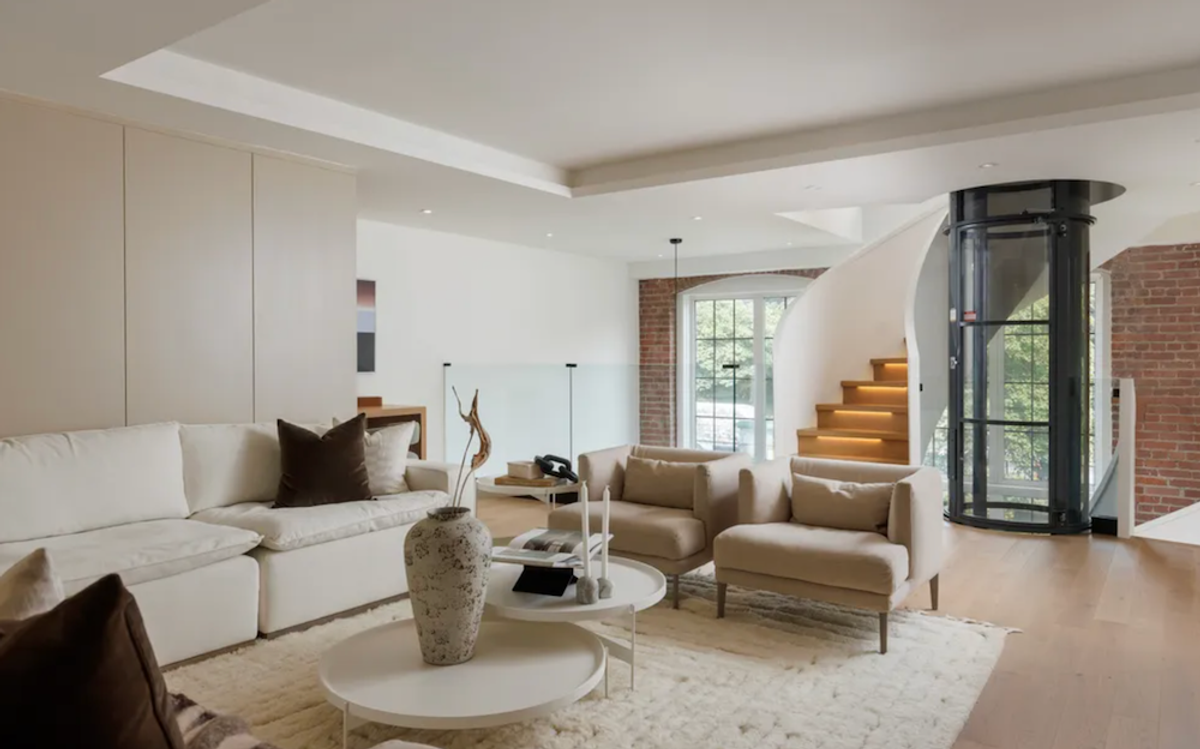If there’s anything Canada’s developers think Prime Minister Mark Carney should drop from his recent campaign promises, it’s the one about starting a new government agency to build housing.
“That’s something we should completely take out of the conversation – more government,” said Sherry Larjani, the President and Founder of Toronto’s Spotlight Development. “Housing should be left to the experts we have now.”
That was echoed by a half dozen other developers in Toronto and Vancouver interviewed by STOREYS, some of whom said they’ve already been contacted by people on Carney’s policy team or federal housing bureaucrats as those people plan the way forward.
The building leaders all emphasized that the country’s current housing situation is in very bad straits and needs all the help it can get in multiple ways, with housing construction currently slowing down in spite of massive demand.
The solutions needed include finding ways to massively increase capital investment, to continue and improve existing federal housing programs, to reduce municipal development charges and permitting complications, and to boost support for trades-training programs to deal with the current labour shortage, they say.
They heard good ideas in all of those areas circulated during the recent election campaign.
But having a rookie Canada Builds government agency trying to figure out from scratch how to develop housing without losing money – that’s a big no, they said.
Developers were optimistic about Carney’s other campaign promises, especially his suggestion about bringing back a new version of the federal Multi-Unit Residential Building (MURB) program that existed from 1974 to 1981 and is viewed as one of the valuable components that contributed to the biggest apartment-construction boom Canada ever had.
It gave tax breaks to private individuals – any five dentists and a lawyer, people often joke – in return for investing in purpose-built rentals. It financed many of the low-rise apartments across the country that are now some of the most affordable housing stock available.
“It helps get private capital into the market,” said Adrian Rocca, the CEO of Fitzrovia, a company that currently has 14 rental towers under construction in Toronto. He described the current construction picture as “dire.” His company hasn’t started any new projects in the last 12 months because of everything working against housing at the moment.
Developers also suggested that Carney take on a few ideas from the election platform of his competitor, Conservative Party leader Pierre Poilievre, especially his proposal to copy a US program that exempts owners from capital gains when they sell a rental property if they re-invest immediately in another rental property.
A policy that copied the American Section 1031, as it’s called, would be a great addition to the complex set of levers that silently shape Canada’s housing system, they say.
“The US 1031 has been there for a long time and it works,” said Beau Jarvis, CEO of Wesgroup Properties in Vancouver. “There is so much capital in old apartments. Owners don’t want to sell because of the capital-gains exposure. If you could roll that into a new investment, I believe it would be one of the most impactful discussions to have.”
He, like others, said one of the biggest problems with Canada’s housing situation now, where condo sales are evaporating and even rental pro formas are starting to fall apart, is the lack of investment money coming in.
“We are starved for capital,” said Jarvis.
He and another major developer in Vancouver, Evan Allegretto, CEO of Intracorp, are also both major proponents of getting rid of the federal government’s foreign-investor ban.
Vancouver, in particular, saw its downtown-condo boom of the 1990s and early 2000s financed by huge influxes of money from offshore investors, largely, though not exclusively, from mainland China. They bought pre-sale condos by the thousands, either to rent out once built or to keep as safe places to park capital and preserve as boltholes outside their home country.
They say the federal government could open that up but add some restrictions to ensure that it produces the kind of housing the country needs.
Allegretto said the government could create a system that makes a place for the two kinds of foreign investment around. One is the kind that finances condos in downtown Vancouver or in resorts like ski hills.
“That’s good for the economy and you can put in a speculation tax if you need to,” he said.
The second category could be for foreigners who want to invest in regular housing for Canadians. “Then you put in a covenant to keep it as rental.”
Other policies these construction-industry leaders liked: promises of ways to get municipalities to reduce development charges, which can sometimes comprise 30% of the cost of building, and various suggestions about eliminating the GST on housing.
But they often preferred Poilievre’s ideas on those topics over Carney’s. Jarvis said Poilievre’s promise to eliminate GST on anything under a million was better than Carney’s to eliminate it only for new homebuyers under a million. Larjani said she would prefer something beyond both of them – no GST on the first million of any home.
They also liked Poilievre’s promise of incentives for municipalities who reduced development charges, as opposed to Carney’s promise to provide money through the usual infrastructure programs for municipalities while requiring them to reduce development charges by half.
The Poilievre approach would have been “easier,” said Larjani, compared to going through the bureaucracy of the federal government’s infrastructure program, which is always a cumbersome and uncertain process.
Larjani also said she would have liked to see discussion of something none of the parties brought up – tax credits for people who invest in affordable housing, something that her company is working with non-profit housing groups to build.
Those non-profit groups are trying to get private investors interested in supporting their projects, but the returns are so much less – half as much, sometimes – than what they can get in the for-profit sector that it’s a hard sell.
“If you have a tax exemption to the funds that are allocated to affordable housing, that opens up a big pool of money to invest,” she said. The United States has maintained a program for decades, the Low Income Housing Tax Credit, that gives tax breaks to those who invest in housing that rents for below-market prices, which has resulted in financing for hundreds of thousands of apartments through the States.
That kind of tax credit could also be used for affordable ownership and rent-to-own programs, said Larjani, who emphasized repeatedly that she sees households making up to $150,000 a year who can’t afford to buy in Canada’s difficult housing market.
As a final note, developers emphasized that, with any of the policies that the Carney government might bring in, they need to avoid three basic mistakes:
- Don’t load up existing or new programs with a lot of extras;
- Develop policies that will survive more than a few years, because development works with such long timelines;
- Keep things simple when it comes to application processes.
More than one noted that the Liberal government of the past 10 years has tended to introduce good programs – the Housing Affordability Fund, special programs to provide low-cost financing for rental builders or insurance on loans – but then add in all kinds of other complicated requirements or procedures.
“I call it ‘everything-bagel Liberalism’,” said Chris Spoke, a partner in the development firm of Toronto Standard, which focuses on building mid-rise rental. “They always try to layer in every other thing – affordability, energy efficiency, you name it.”
He also noted that the current Apartment Construction Loan Program has also been problematic because it’s so unpredictable.
“It can take eight or nine months to get an approval and the applicants are scored against each other so it turns into a kind of beauty competition.”
For Michael Tsourounis, Chief Investment Officer at Hazelview Investments, the key is consistency. His company, which has a couple thousand units under construction in Toronto, Halifax, and Ottawa, with another potential 14,000 in the pipeline, likes many of the existing housing programs the federal government has had in place the last 10 years, programs Hazelview has explored and used.
“There are concerns that there will be change with every government. What happens need to transcend political parties. If there are changes throughout the duration of a construction period, things get difficult.”


